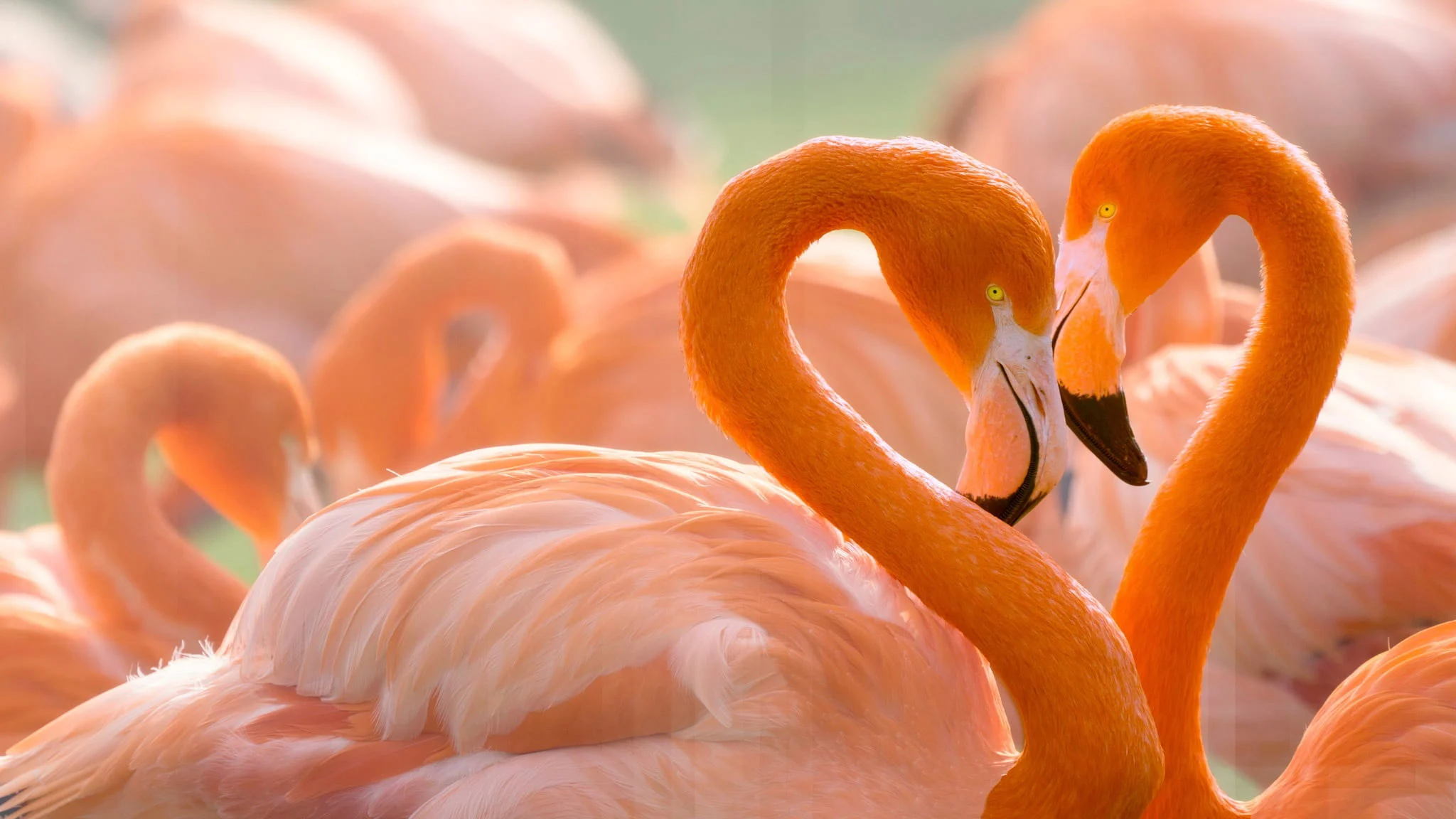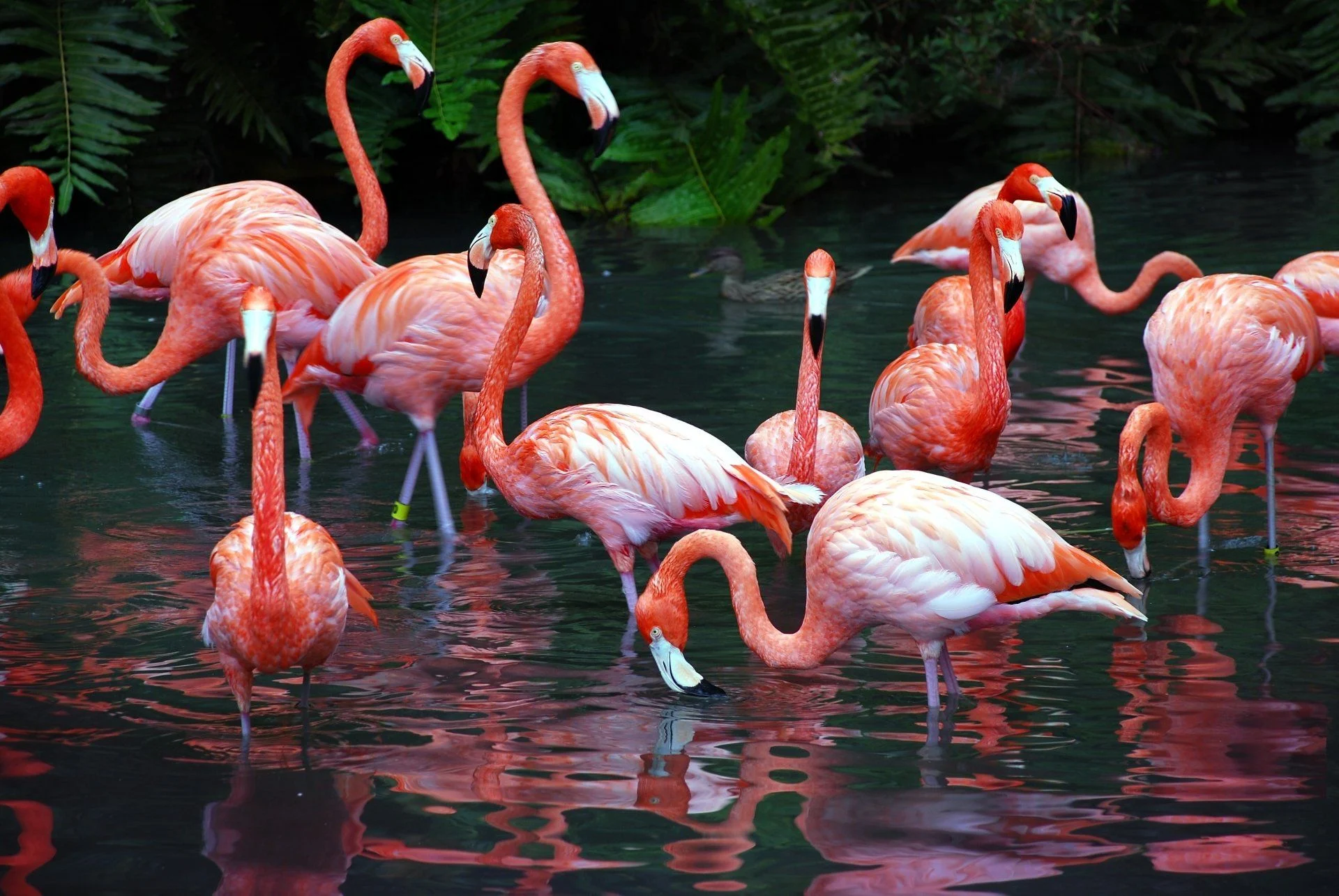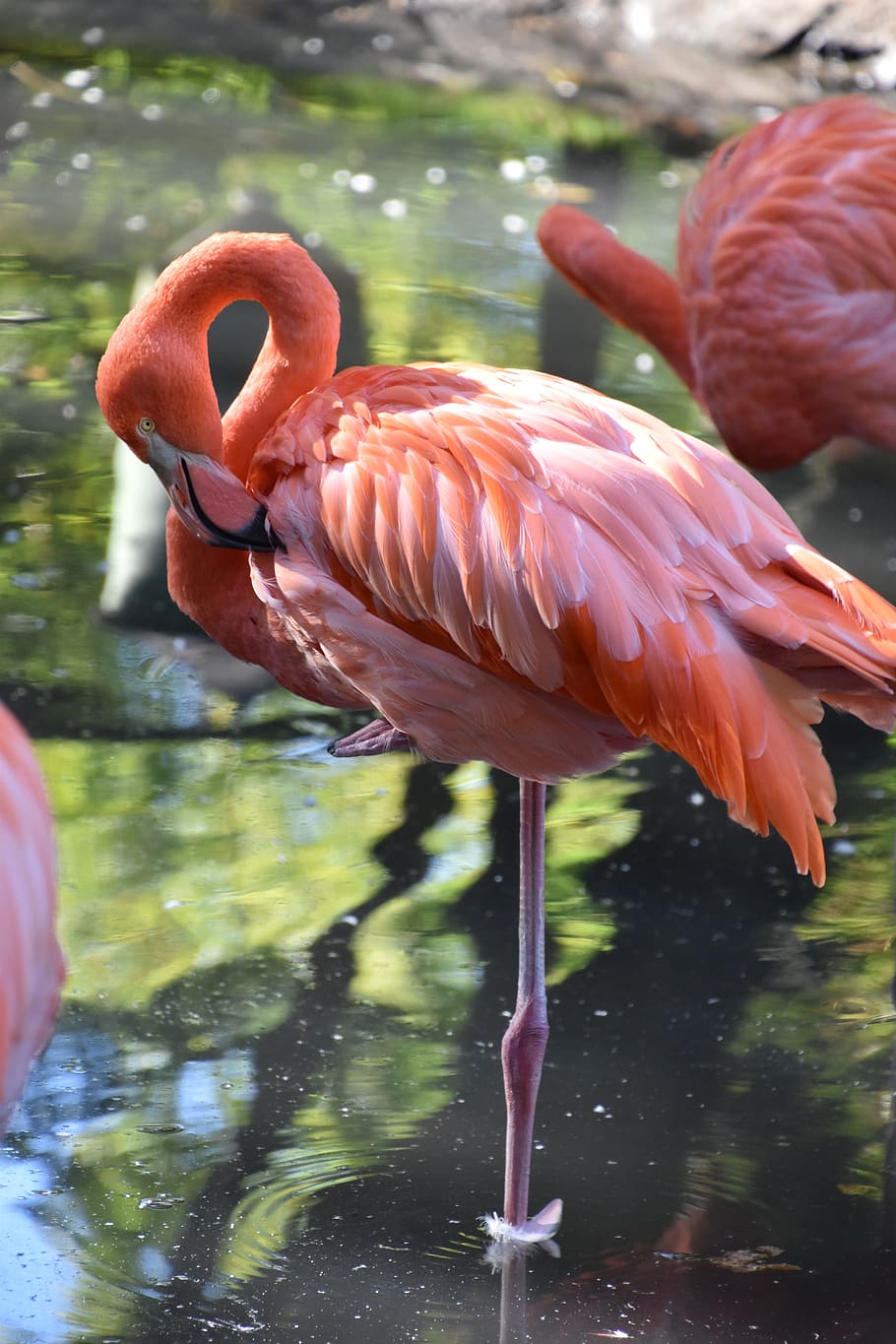


There are six species of flamingo which inhabit lakes, mudflats, and shallow
lagoons in the
Americas, Africa, Asia, and Europe. Of the six species, four are of
conservation concern. The
Andean
flamingo is the rarest and most threatened
species and is considered Vulnerable by BirdLife. The
Lesser flamingo, Puna
flamingo, and Chilean flamingo are Near Threatened, meaning they are
in
danger
of decline in the near future if we do not act now to protect them.
Threats to their survival include water pollution, habitat loss, collisions with
electrical
wires,
lead poisoning, egg harvesting, and disturbance from hunting
and tourism.
Fortunately, Mar Chiquita, the biggest saltwater lake in South America and a
haven for three
threatened flamingo species, is in the process of becoming
Argentina’s largest national park
with
the help of Aves Argentinas (BirdLife
Partner) and international support.
| Family: | Phoenicopteridae |
| Diet: | Omnivore |
| Lifespan: | 20 – 30 years |
| Wingspan: | 1 – 1.5 m |
| Size: | 0.8 – 1.4 m |
| Weight: | 2 – 4 kg |
| Group name: | A flamboyance |

While flamingos are famous for their pink feathers, shades can vary from white to pink to orange depending on their diet. The algae, molluscs, and crustaceans they eat contain pigments and the amount of pigment in their food determines the shade of their plumage. Young flamingos are white or grey until their colour kicks in at around two years old.
Flamingos are a social species, choosing to live in flocks of hundreds or even thousands of individuals. This safety in numbers approach helps to protect them from predators. Flamingos commonly mate for life, and also make loyal, life-long friends. The birds consider compatibility when choosing who to befriend, and will avoid individuals they dislike.
Tough is probably not the first thing that comes to mind when you lay eyes on a flamingo, but they have adapted to extremely challenging environments where many other animals couldn’t survive. One example is Lake Natron in Northern Tanzania, the most important breeding site in the world for Lesser Flamingos. Water temperature can reach 60° C, and in places is so alkaline that it can burn away skin. This doesn’t phase the flamingo. Scales and tough skin on their legs protect them from burns, and they can drink water at near boiling point.
